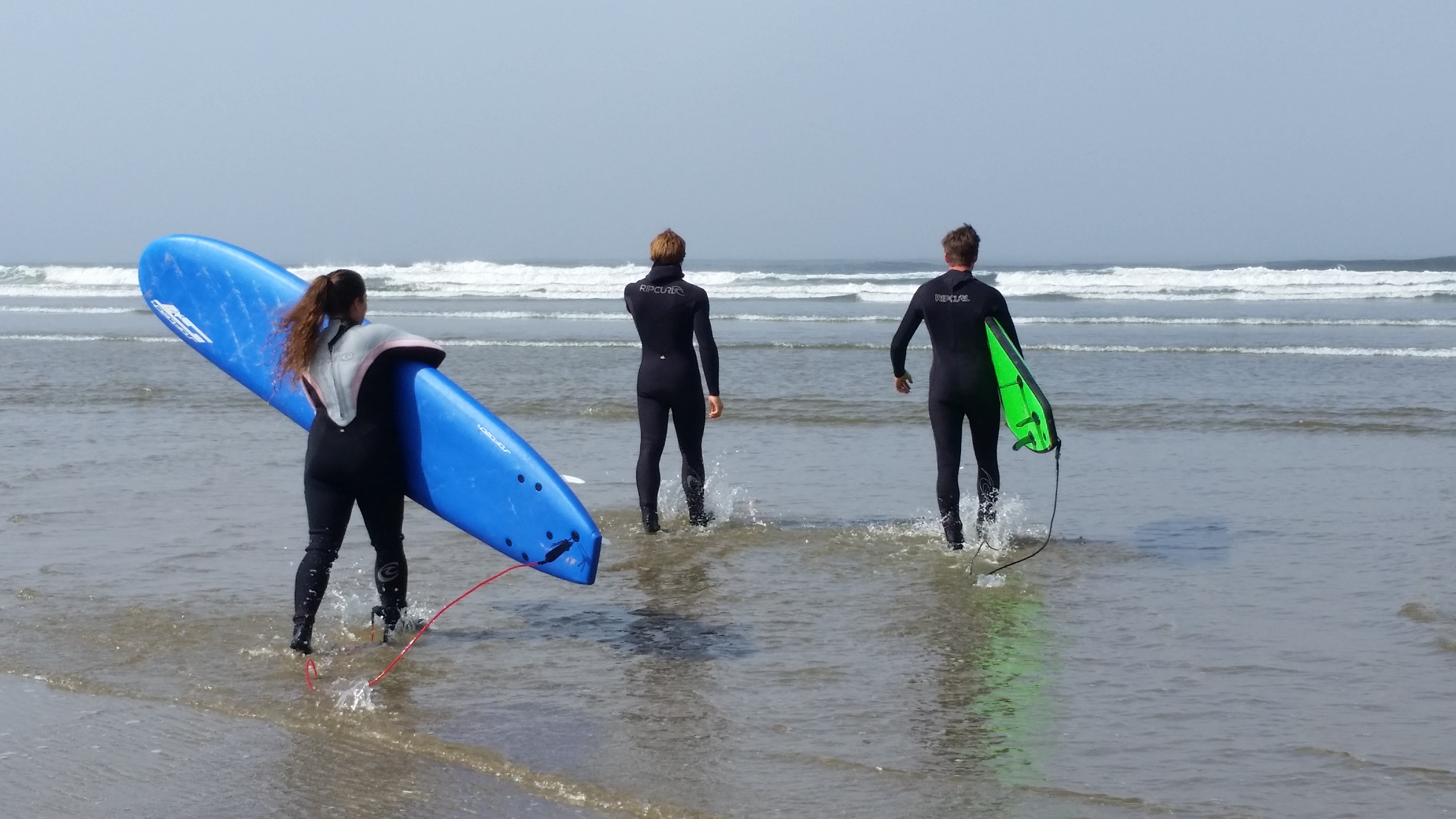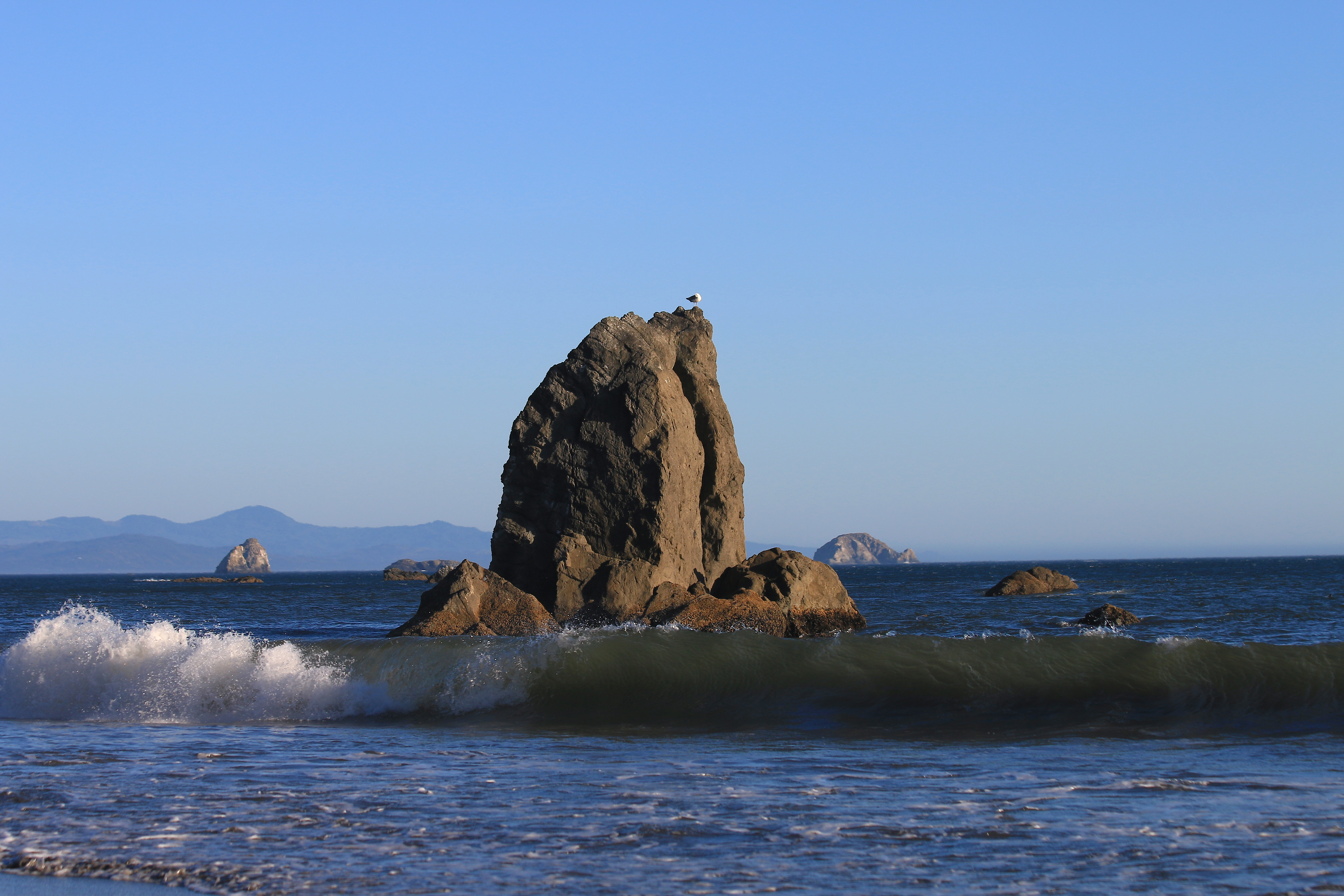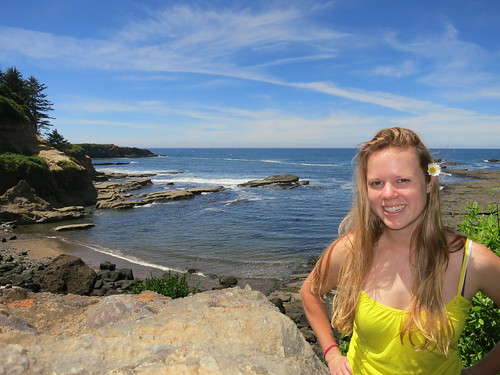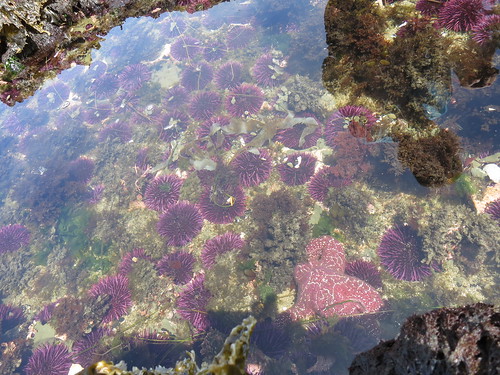I had a blast as an Oregon Sea Grant Summer Scholar last summer and was sad to see my time as an OSG intern end… If only I had known that I would get the opportunity again, I could have saved all my feelings of disappointment from last summer and waited to feel emotion until the end of this summer!

Just a couple of weeks ago, I found out that extenuating circumstances left the South Slough National Estuarine Research Reserve (SSNERR) without an OSG intern for the summer and was offered the opportunity to repeat as an OSG intern this summer. Though I currently live in Corvallis and am conducting research here, I could not turn down the opportunity! I planned on driving down to Charleston a few times this summer to volunteer at the South Slough anyway, but now my role has been expanded.
As a Summer Scholar this summer, like last summer, one of my primary work duties will be to help organize, prepare for, and lead in-person summer science camps at the reserve. In addition to helping with the science camps, my big project this summer will be assisting in the creation of a new exhibit at the South Slough Interpretive Center, which will help to educate visitors about water quality throughout the slough and associated watersheds. This exhibit will allow visitors to have a greater appreciation and understanding for the important role that water quality has on the entire local ecosystem. Other tasks I will be taking on include assisting the science team in conducting fieldwork when they need extra hands, creating additional educational materials (like guides similar to the plant guide I created last summer or species-specific conservation posters), and assisting in the delivery of educational workshops or tours for the general public.
Ultimately, by assisting in the duties discussed above, I will be helping the education team at the South Slough to achieve its goal to improve public understanding of how estuarine systems work and why they are so important. I will also help advance SSNERR’s mission, which is to serve as a model for how to properly manage coastal communities on regional, national, and global levels. Management of national estuarine research reserves (NERRs) involves public outreach and education workshops, so through these avenues, I will be serving South Slough’s mission. As I discussed last summer too, these project goals will help advance Oregon Sea Grant’s mission for coastal communities to flourish. By educating citizens of coastal communities about how to best utilize and care for their natural environments, the number of people who value health of Oregon’s coastal ecosystems should see growth (even if that means one person at a time). Moreover, increasing the excitement and knowledge base in regards to coastal ecosystems amongst youth will hopefully encourage some members of our future generations to pursue careers in biology, ecology, conservation, and wilderness management.
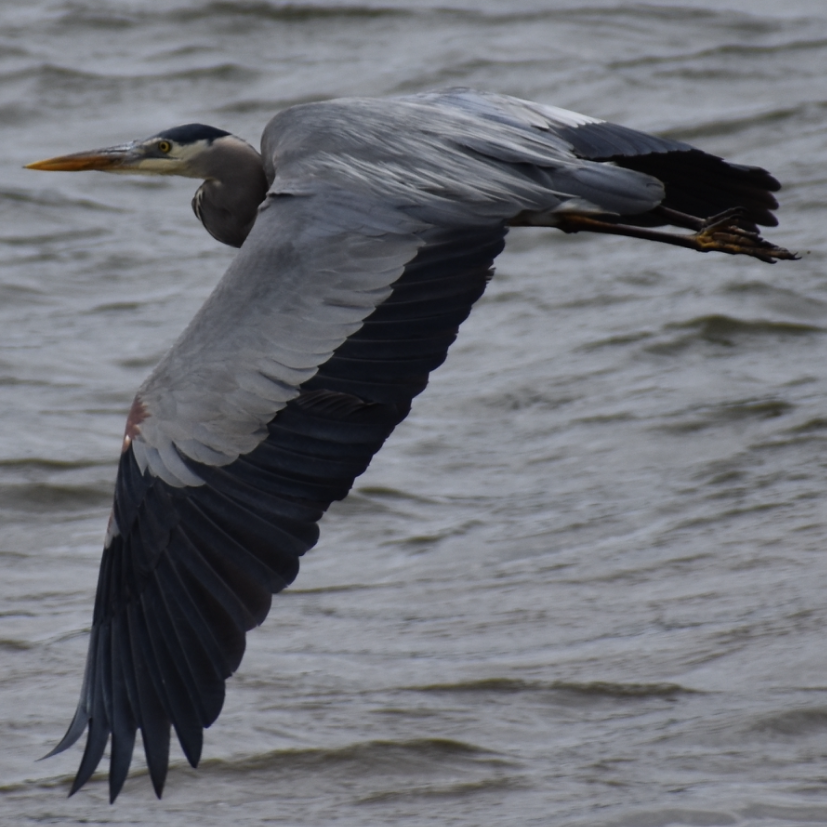
Though, I’m still in Corvallis and will be doing much of my OSG work virtually this summer, I am excited to be on the coast again soon working at the South Slough and enjoying wildlife – like the great blue heron seen above… (also the mascot for SSNERR!)
I am looking forward to working with Oregon Sea Grant and the South Slough Reserve again this summer. Thanks!










